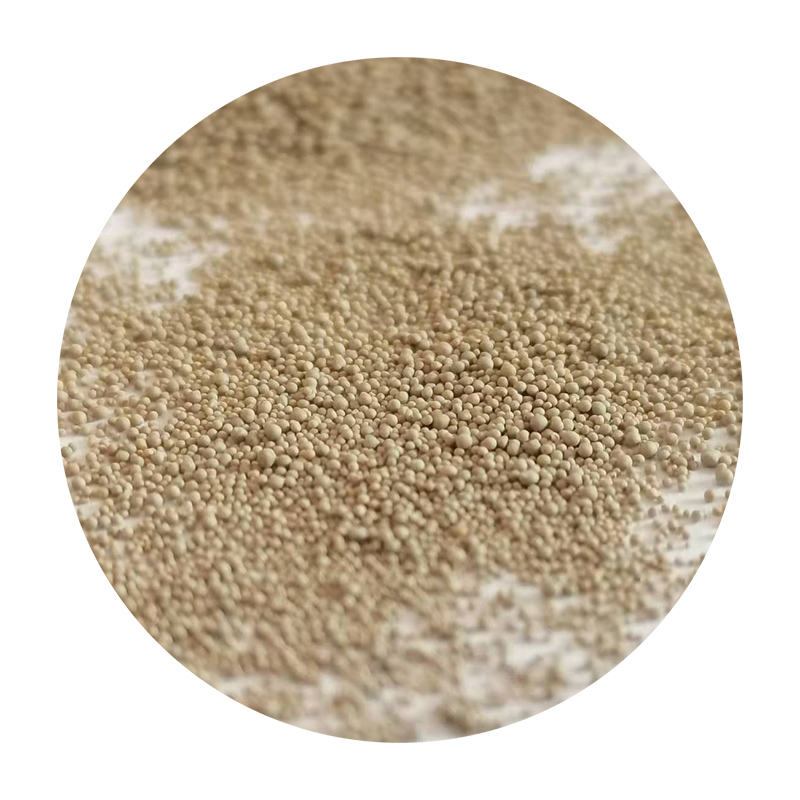Sanding Ceramic Mugs A Guide to Achieving the Perfect Finish
Sanding is an essential finishing technique in ceramic crafting that can significantly enhance the aesthetics and functionality of ceramic mugs. Whether you’re a seasoned potter or a hobbyist, understanding how and why to sand your ceramic creations can lead to more polished and professional-looking products. In this article, we'll explore the process, benefits, and tips for sanding ceramic mugs effectively.
The Importance of Sanding
Sanding ceramic mugs serves multiple purposes. Firstly, it smooths out rough edges or surfaces caused by the molding or firing process. Secondly, it helps prepare the surface for glazing by ensuring that the glaze adheres properly, promoting a flawless finish. Lastly, sanding can enhance the overall tactile experience of the mug, ensuring that it feels good in hand.
Choosing the Right Tools
Before diving into the sanding process, it’s crucial to choose the right tools. Fine-grit sandpaper, generally ranging from 220 to 400 grit, is ideal for smoothing ceramic surfaces. For initial rough spots, coarser sandpaper can be utilized, but care must be taken not to damage the mug. Additionally, a sanding block can assist in maintaining even pressure and reducing hand fatigue while working.
The Sanding Process
1. Wait for Appropriate Drying After the initial firing, ensure that your mug has completely cooled before sanding. This prevents any accidental breakage and ensures better control during the sanding process.
sanding ceramic mug

2. Prepare the Workspace Find a well-lit and clean area to work in. It’s advisable to lay down a drop cloth or newspaper to catch any dust particles.
3. Start with Coarse Grit If there are significant imperfections on the surface, begin with a coarser grit sandpaper. Gently sand the areas that need attention, focusing on blending rough spots and edges. Always sand in a circular motion to avoid creating flat spots.
4. Progress to Fine Grit Once the surface feels smoother, switch to a finer grit sandpaper for a polished finish. This step requires more patience, as you're working to refine the texture and prepare for glazing.
5. Clean the Surface After sanding, wipe down the mug with a damp cloth to remove any dust. This step is crucial, as leftover particles can interfere with glazing.
6. Check for Flaws Inspect the mug for any remaining rough areas. If needed, repeat the sanding process until the desired smoothness is achieved.
Benefits of Proper Sanding
Sanding ceramic mugs not only enhances their appearance but also their functionality. A smooth surface is less likely to harbor bacteria, ensuring a more hygienic drinking experience. Moreover, when paired with quality glazing, sanded mugs can achieve a shine that showcases intricate designs and colors, making them more appealing to potential customers.
In conclusion, sanding ceramic mugs is a skill that can elevate your ceramic craft. With the right tools and techniques, you can transform a rough mug into a beautiful, functional piece of art. Remember, patience and attention to detail are your best friends in this process, so take your time and enjoy the journey of refining your ceramic creations. Whether for personal use or sale, a well-sanded mug is surely a delight to behold.
Post time:Spa . 18, 2024 07:34
Next:रेती कास्टिङ्गमा के प्रकारको रेती प्रयोग गरिन्छ ?
